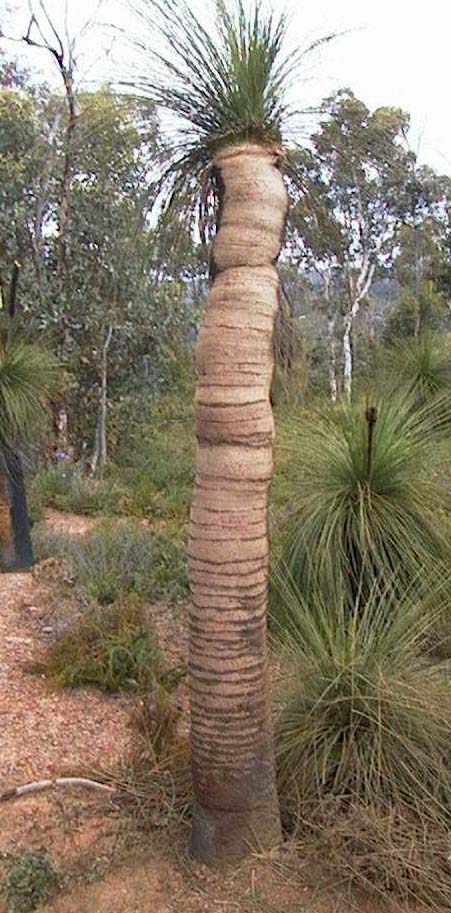The expression of truth is simplicity. Seneca the Younger 4BC-65AD
The late Professor John Ronald Reuel Tolkien was a well known fiction writer, one of his books being ‘Lord of the Rings’ (1). Yet some have complained that a film made in New Zealand based on this book over simplified his ideas, which have a deeper side, based on ancient Saxon, Welsh and Norse thinking. In his imagined ‘middle-earth’, somewhere between heaven and hell, he suggested an interesting ‘moral geography’. Drawing on this idea, we might imagine two axes of human thought, perpendicular to each other, one running from simple to complex, the other from true too false. As well as many other uses, this truth and simplicity chart may be a useful tool for assessing papers submitted for publication, whether in science or humanities.
Browsing on YouTube, I found a video by A/Professor Philip Zylstra, of Curtin University (2). For some reason, he reminded me of Tolkien’s ‘moral geography’ as he talked, at some length, about his ideas on Australian bushfire management. I recommend that those interested in bushfire watch the video, using Tolkien’s idea to evaluate it. Zylstra’s ideas on bushfire management have, quite recently (2022), been published in ‘Environmental Research Letters’ with two co-authors, both zoologists (3). I note that the letter was partly funded by the San Diego Zoo and Botanical Garden, through the Australian Network for Plant Conservation. I wonder why, for a very Australian matter, funding was sought in the USA. Was the letter declined by Australian publications?
One of Zylstra’s core beliefs is that withholding fire from some Australian eucalypt forests for at least four decades will make those forests less flammable, even in a warming climate. This idea is very attractive to those who have long claimed that deliberate (prescribed) burning is harmful. However, experienced fire fighters and managers will wonder how, in the well known presence of a blanket of highly flammable terpene gas in eucalypt crowns every hot day in summer, fires due to lightning and vandalism in forests can be unfailingly excluded for over four decades. They may also wonder how plants that need fire or smoke for germination could be conserved during such fire free decades; and especially how the nitrogen supply of the forests can be maintained in the decline of nitrogen fixing plants such as legumes (4) and cycads (5). These last two excellent papers show that the nitrogen supply from these plants is maintained for only 3-4 years after fire. In addition, Noongar people have long known the importance of white ash (yoort) and black ash (kop) in forest ecology.
I have no doubt people will answer these questions in different ways, depending on their grasp of forest ecology and history; how much practical bushfire experience they have had; their forest management ideology; and their insight into the reliability, or unreliability, of some ‘refereed bushfire science’. I hope Professor Tolkien’s little chart will help them.
A small book I have recently published in Australia (6), without funding from overseas, offers some clear historical evidence that Noongar people in south-west Australia have a long history of deliberate burning, with common fire intervals of only 2-4 years in the jarrah/marri , tuart, and wandoo forests, and some heathlands. Other evidence which may help is in my doctoral thesis (7), available freely online. Other views on Zylstra’s ideas have come from two CSIRO bushfire scientists, Dr Miguel Cruz and Dr Andrew Sullivan (8). I wonder where they would place Professor Zylstra’s paper in Tolkien’s ‘moral geography’ ?
I welcome email comments from those with significant practical bushfire experience; scientific knowledge of bushfire and its ecology; and genuine interest in how these mesh, or fail to mesh, with traditional burning by Aboriginal people.
© David Jefford Ward 2022
E: mumpnpop@iinet.net.au
References:
1. Tolkien, R.J.J. (1955) Lord of the Rings. Allen & Unwin.
2. Zylstra, Philip, J. YouTube video: Q & A with A/Prof. Phil Zylstra – National
Fire Fuels Science Webinar: The science of hazard reduction.
3. Zylstra, P.J., Bradshaw, S. Don, and Lindenmayer, David B. (2022). Self-
thinning forest understoreys reduce wildfire risk, even in a warming climate.
Environ. Res. Lett. 17 044022, IOP Publishing Ltd., USA.
4. Hansen, A.P., Stoneman, G. and Bell, D.T. (1988) Potential inputs of nitrogen
by seeder legumes to the jarrah ecosystem. Australian Forestry 51(4): 26-231.
5. Grove, T.S., O’Connell, A.M. and Malajcuk, N. (1980) Effects of fire on the
growth, nutrient content and the rate of nitrogen fixation of the cycad
Macrozamia riedlii. Australian J of Botany 28: 271-81.
6. Ward, David Jefford (2022). Our Dangerous Friend: Bushfire Philosophy in
south-west Australia. Published by Leschenault Press, Australia. Available on
Amazon (Australia, USA, and UK), Booktopia etc.
7. Ward, David Jefford (2010). People, Fire, Forest and Water in Wungong
Catchment. PhD thesis, Curtin University. Search online at
[ward+wungong+bushfire].
8.Cruz, M. & Sullivan, A. (2016). Memo: Comments on the Forest Flammability Model (FFM) of Zylstra (2011) and the contents of Zylstra et. al. (2016). CSIRO Land and Water Flagship.
